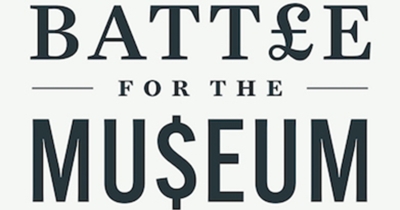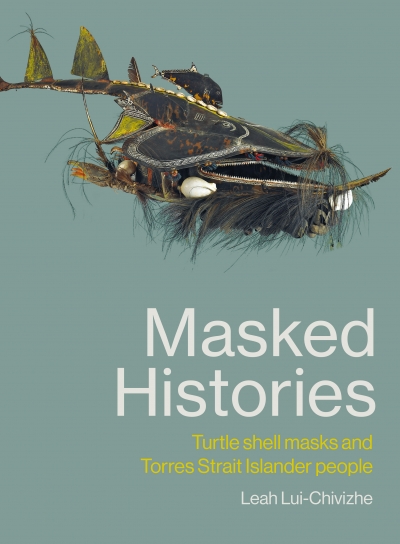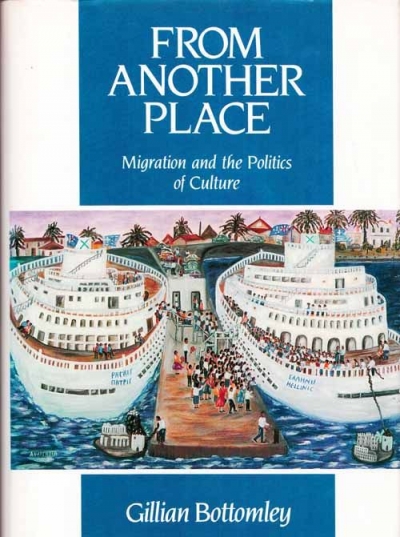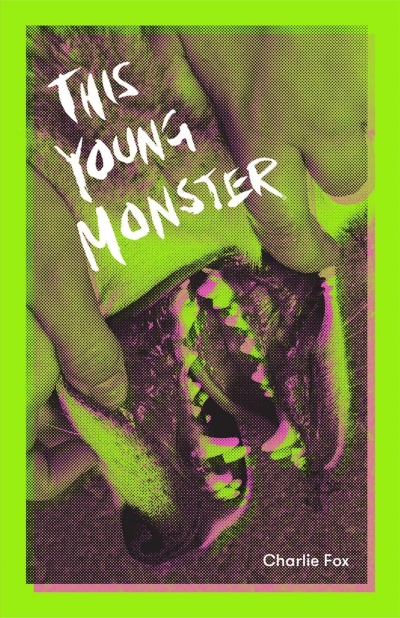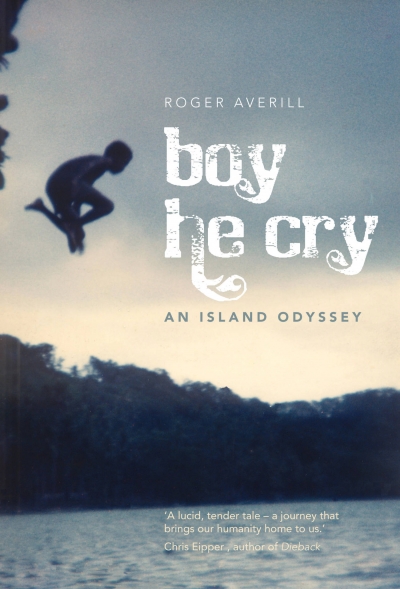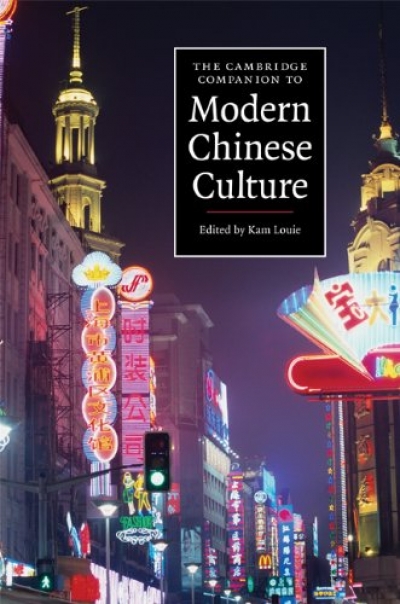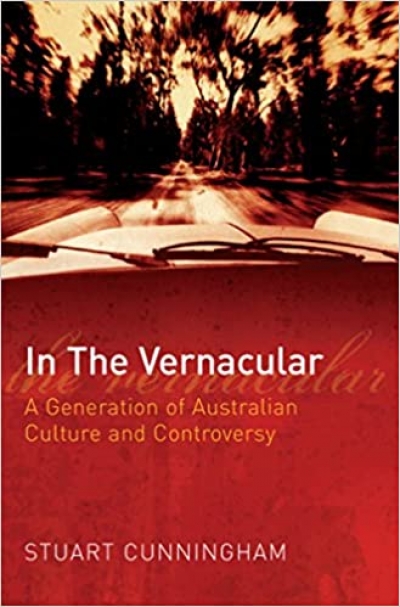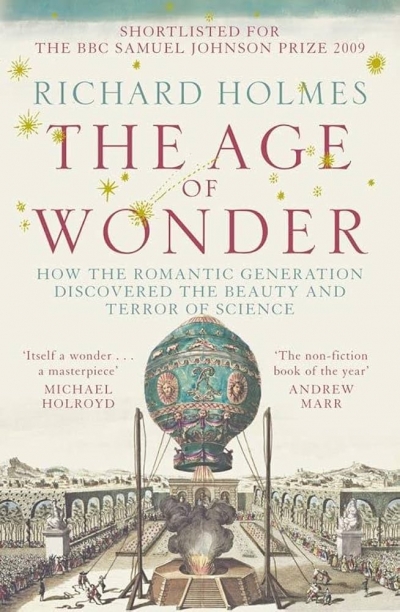Culture
Battle for the Museum: Cultural institutions in crisis by Rachel Spence
by Gabriella Coslovich •
Masked Histories: Turtle Shell Masks and Torres Strait Islander People by Leah Lui-Chivizhe
by Ben Silverstein •
From Another Place: Migration and the politics of culture by Gillian Bottomley
by David Walker •
In the Vernacular: A generation of Australian culture and controversy by Stuart Cunningham
by Jake Wilson •
The Age Of Wonder: How the romantic generation discovered the beauty and terror of science by Richard Holmes
by John Hay •
Modern Times: The untold story of modernism in Australia edited by Ann Stephen, Philip Goad and Andrew McNamara (eds)
by Sarah Scott •
Google and the Myth of Universal Knowledge by Jean-Noël Jeanneney (trans. Teresa Lavender Fagan)
by Colin Nettelbeck •

